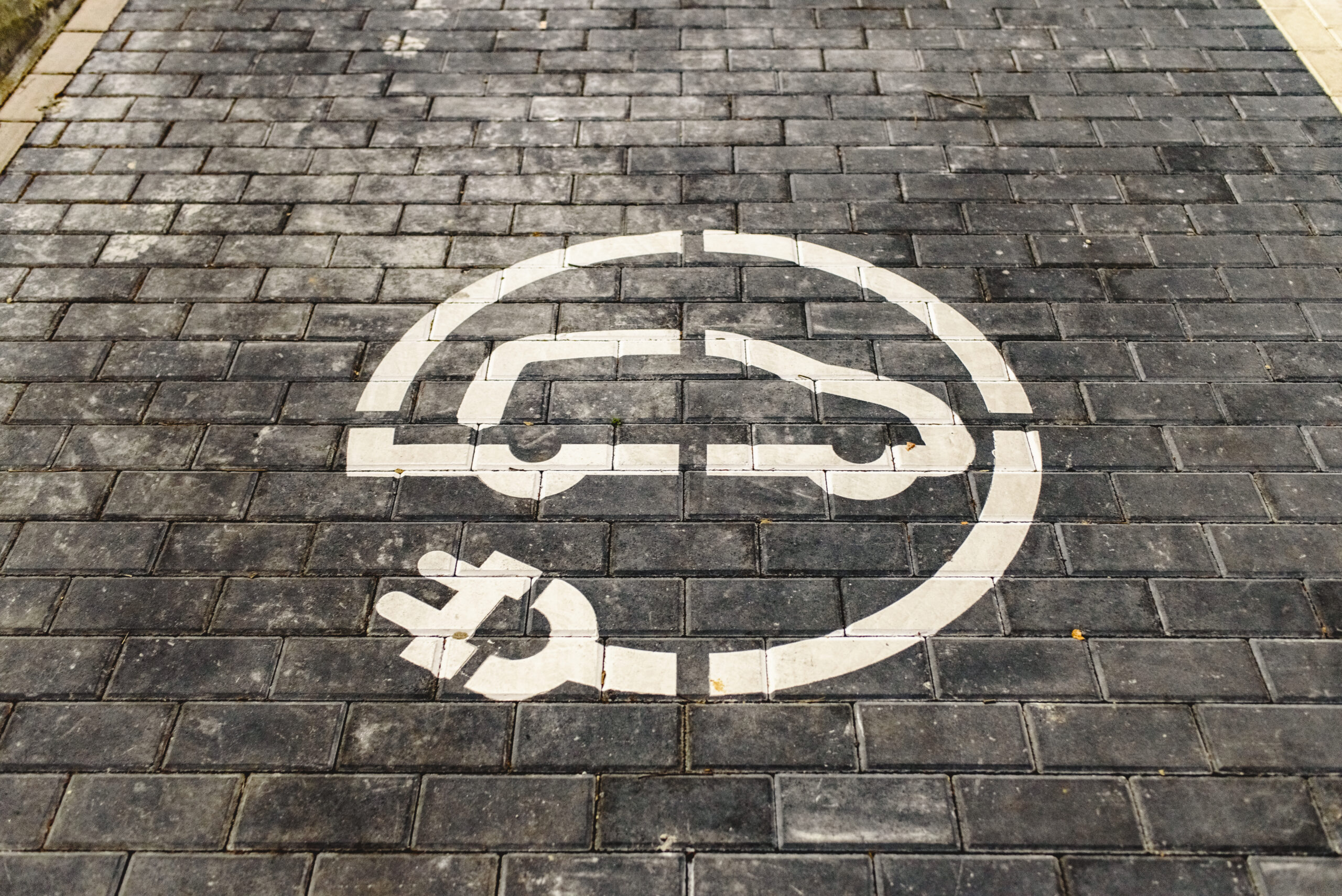In the pursuit of a sustainable future and the reduction of carbon emissions, Europe’s Struggle With Electric Car Adoption becomes evident. Europe’s automotive landscape finds itself at a crucial juncture. The ambitious goal of achieving widespread electric car adoption as part of the continent’s strategy for decarbonization has encountered significant roadblocks. Despite remarkable progress in recent years, the transition to electric vehicles (EVs) is proving to be a complex endeavor, marked by challenges that governments and stakeholders are striving to overcome.
High Costs and Policy Gaps are Causing Europe’s Struggle with Electric Car Adoption and Meeting Climate Targets
The push for electric car adoption is grounded in Europe’s commitment to curb planet-heating pollution and transition toward a cleaner energy future. Europe has set forth ambitious targets to cut emissions by 65% from 1990 levels by the end of the decade and achieve net-zero emissions by 2045. While strides have been made in reducing emissions from the power sector through the integration of renewable energy sources, the transportation sector’s contribution to carbon emissions has remained a persistent challenge.
Experts emphasize that the transportation sector, particularly road transport, is a “problem child” in the realm of climate protection. Shifting away from combustion engine cars to electric ones is deemed vital for making substantial strides in reducing emissions in the next decade. However, despite notable advancements, Europe’s journey toward electric car adoption faces hurdles that need to be addressed to ensure the successful realization of its environmental goals.
The Price Predicament
One of the most significant deterrents to widespread electric car adoption in Europe is the high upfront cost of EVs. While Europe has seen a tenfold increase in electric car sales over the past six years, the price disparity between electric and fossil fuel-powered vehicles poses a considerable challenge. Electric cars often come with a premium price tag, dissuading many potential buyers from making the transition.
To counter this obstacle, European governments have initiated financial incentives to encourage consumers to opt for cleaner vehicles. Tax breaks and financial support for purchasing low-carbon cars are among the incentives offered across several European countries. Romania provides incentives of up to €11,500 for purchasing an electric vehicle, while countries like Belgium, Italy, Spain, and France offer a range of financial aids to promote electric car adoption.
Policy Gaps and Complexities
While financial incentives have proven effective to some extent, experts highlight the need for a comprehensive approach that not only encourages the adoption of electric vehicles but also disincentivizes the purchase of conventional combustion engine cars. It’s not just about making electric cars attractive; it’s equally important to discourage the purchase of vehicles that run on fossil fuels.
The complexity of the transition is compounded by various factors, including charging infrastructure, the price of electricity, and different taxation systems across European countries. As experts point out, it’s not solely about the quantity of policies but also their quality. In countries like Norway, early adoption of various incentives, such as tax breaks, free parking, and special driving privileges, have played a significant role in driving electric car adoption.
Innovative Solutions and Future Prospects
As Europe navigates the challenges on the path to electric car adoption, innovative solutions are emerging to address the concerns of different demographic segments. France, for instance, is considering a social leasing scheme that would enable economically disadvantaged households to rent electric cars at an affordable monthly rate. Such initiatives aim to make EVs accessible to a wider range of consumers and mitigate potential social inequalities arising from green policies.
Moreover, the need for holistic policies is recognized as a fundamental aspect of achieving meaningful progress. The case of Norway underscores the importance of offering a suite of incentives that cater to various aspects of consumers’ lives, from parking to commuting privileges. This comprehensive approach helps create an environment where EVs become the logical and convenient choice for a significant portion of the population.
Conclusion
Europe’s endeavor to embrace electric car adoption represents a pivotal crossroads in the ongoing battle against climate change. While progress has been notable, the region’s journey is marred by challenges such as high costs, policy gaps, and the need for more cohesive strategies. The evolution toward a zero-emission future necessitates collaborative efforts between governments, industries, and consumers to address these roadblocks and ensure that Europe’s transition to electric vehicles aligns with its climate targets.
As Europe grapples with the complexities and nuances of this transition, the aspiration to achieve cleaner and greener transportation remains steadfast. Through innovative policies, financial incentives, and a collective commitment to environmental stewardship, the continent is poised to overcome its struggle with electric car adoption and set a powerful example for the world in the fight against climate change. The journey may be challenging, but Europe’s determination to overcome the obstacles signals hope for a more sustainable future for generations to come.
Click here to read our latest article on the Chandrayaan Programme




